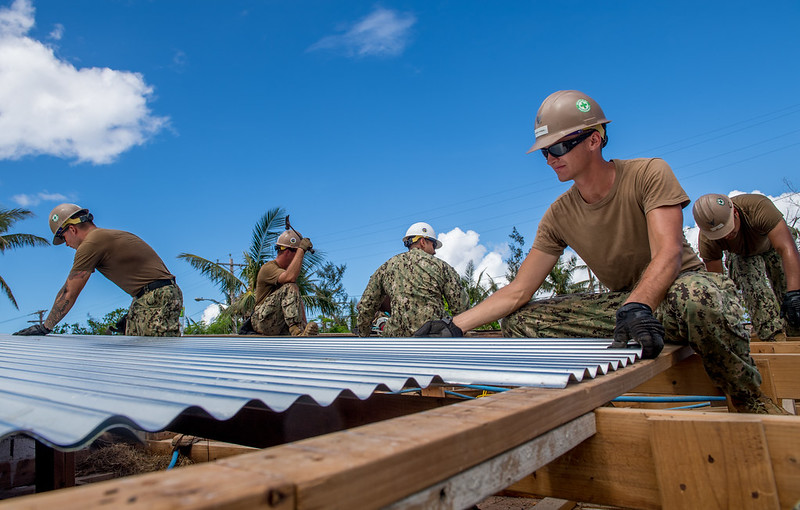Last Updated on
Roofing is a maintenance activity that lots of homeowners are deterred from attempting themselves. The reality is though, is that DIY roof repairs can be easy and affordable. If you have a reasonably young roof, poor design or damage from the wind are frequently responsible for roof issues. Winds can be less powerful than hurricanes to cause roof damage. Heavy winds can produces gusts of more than fifty mph. This is strong enough to loosen fasteners, displace shingles, and pull adhesive away from a structure. Click here for more information
With older roofs, the roofing problems might be due to standard weathering. A degree of maintenance is required to ensure a roof stays in decent condition. In the absence of such maintenance, the roof materials might erode, enabling debris and dampness to enter a property. If you reside in a region that gets stormy weather on a regular basis, or that has a large amount of polluted air, the materials on your roof will erode faster. Salt exposure is another reason for quicker than expected erosion. This tends to happen with properties that are located close to the sea.
When you recover an old roof or install a new one, you will have to select tiling materials – to protect it against debris and the elements. As well as making it last longer, selecting the right tiles for your roof will transform its appearance, enhancing the value of your property.
Issues linked to shoddy design tend not to be a wise choice for DIY roof repairs. If you just repair your roof, without addressing the problem with its design, the issue will return again and again. Commonly reported design problems are weakened support structures, which can not support the roof’s weight; not enough drains, which results in rooftop water pools; roofs without correct slopes; and insufficient planning made for contraction and expansion inside the decking. Ultimately, this will cause the roofing materials to separate.
Possibly the most popular kind of roofing material is asphalt tile. This multi purpose tile is suitable for use on many roofs, and ranks among the least costly options for tiling a whole roof. Normally, these tiles are black, although others come in brown shades too. Asphalt tiles help to retain warmth in properties, however this is not their main function. If you are on a budget, or if your roof does not have a steep slope, asphalt tile should be top of your list of options.
In comparison to other kinds of materials, it can be less bothersome to install galvanized metal roofing on your property. Most of the sheets are reasonably big, and they just have to be screwed on or bolted down. This is in marked contrast to many roofing materials that have to be held down with nails. With this type of roofing, the panels can be smaller. This means that a larger number of panels are required. For instance, a typical tiled roof has more tiles, so the installer has to spend longer securing and arranging every tile. Also, galvanized metal often outlasts other roofing materials. As a result, it is not necessary to repair or rebuild the roof as regularly.
Wooden shingles are a traditional material for shed roofs. A number of varieties are available, such as red cedar and white cedar. Generally speaking, wooden shingles are reasonably cheap and offer an authentic appearance. In addition, they are unexpectedly tough, and can give you years of service if correctly maintained. In most cases, wooden shingles do not function well in areas with lots of rainfall, because mold has a tendency to develop.
Mineral felt roofs are a further option for sheds, and these tend to be affordable. Due to this, lots of preassembled sheds are sold with this kind of roofing. Although mineral felt roofs do a reasonable job of blocking water from entering sheds, they are not particularly tough. Actually, in comparison to other roofing materials used on sheds, this kind of roofing has a short lifespan. Much of the time, mineral felt roofs have to be refitted after about half a decade.
Before attempting to repair your roof, there are a few key points to bear in mind. Regardless of how severe the leak is, do not start any repair work until the poor weather recedes. Moreover, you should safeguard your home’s interior with plastic sheets or buckets. If the issues with your roof are too complex for you to deal with yourself, remove any surplus water from it while you wait for assistance.


Reply